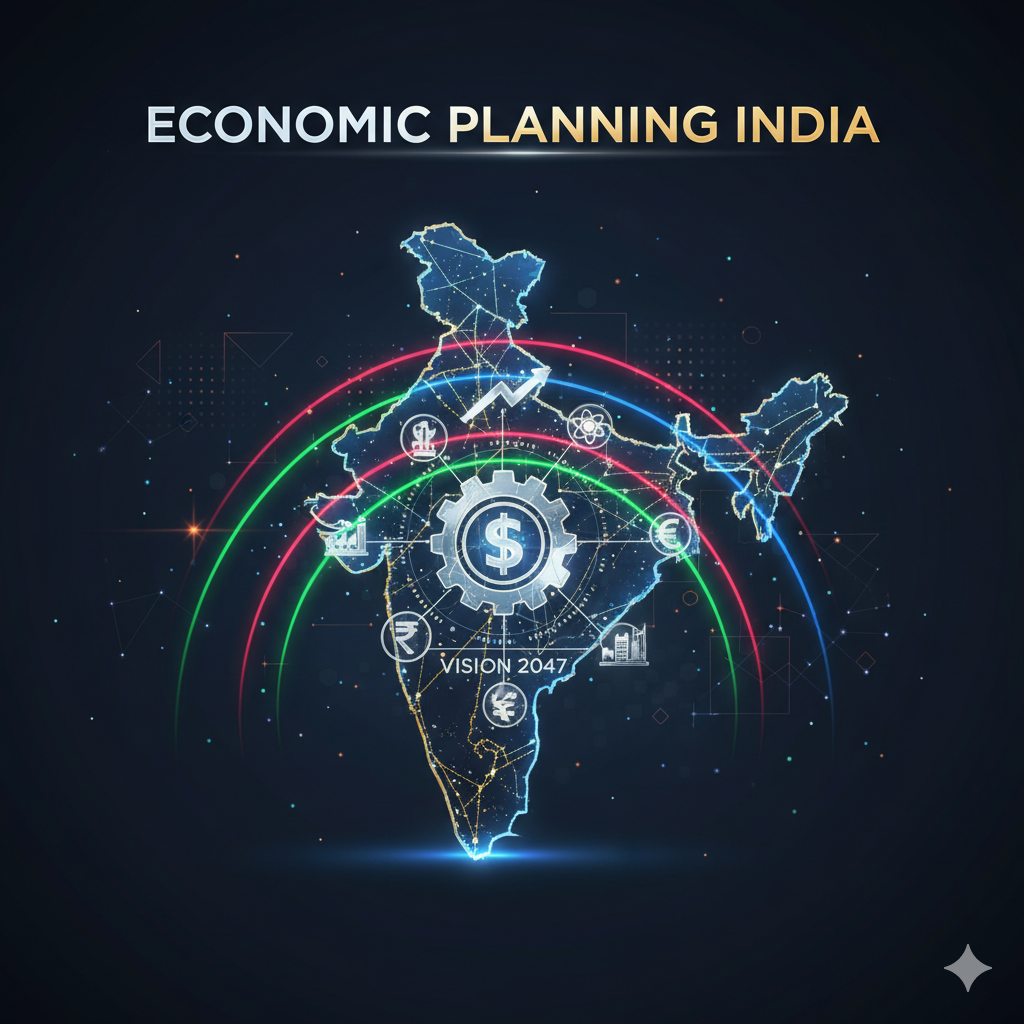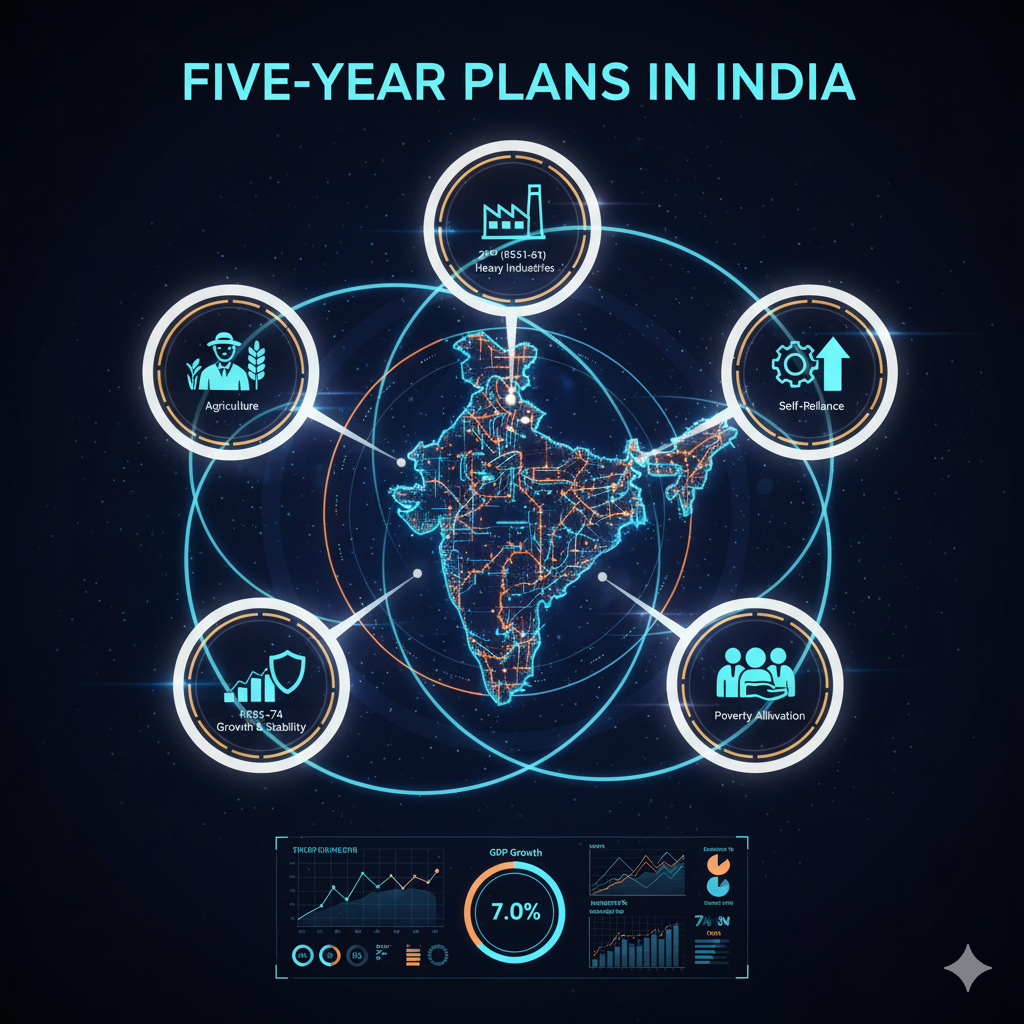Introduction
Urbanization is a defining characteristic of the 21st century. As the global population continues to rise, more people are moving from rural areas to urban centers in search of better opportunities, economic growth, and modern lifestyles. One of the most significant outcomes of this demographic shift is the rise of megacities — urban areas with a population exceeding 10 million people. As of 2025, there are over 30 megacities globally, and this number is expected to grow in the coming decades. While megacities are often seen as centers of innovation and economic activity, they also bring with them numerous challenges, particularly concerning infrastructure and quality of life.
Understanding the Growth of Megacities
Historical Background
The concept of megacities is relatively recent. In 1950, only two cities — New York and Tokyo — were classified as megacities. However, with rapid industrialization, globalization, and improved transportation systems, urban areas began to swell. By 2000, the number of megacities had risen to 17, and today, that figure has nearly doubled.
Factors Contributing to Megacity Growth
- Rural-to-Urban Migration: In developing countries, rural populations often migrate to cities to escape poverty, lack of employment, and limited access to education or healthcare.
- Economic Opportunities: Megacities are often economic powerhouses, attracting labor for various industries, services, and corporate sectors.
- Globalization: With increased connectivity and international trade, cities become hubs for multinational corporations, contributing to their expansion.
- Natural Population Growth: Higher birth rates in urban regions also add to population growth in megacities.
- Government Policies: Some governments promote urbanization as a strategy for development, resulting in planned urban expansions.
Global Distribution of Megacities
Megacities are no longer confined to the developed world. While cities like Tokyo, New York, and London remain significant, the fastest-growing megacities are now found in Asia, Africa, and Latin America. Cities like Dhaka, Lagos, and Jakarta have seen unprecedented growth in the last two decades.
- Asia: Home to more than half of the world’s megacities (e.g., Tokyo, Shanghai, Mumbai, Delhi).
- Africa: Lagos, Cairo, and Kinshasa are expanding rapidly.
- Latin America: São Paulo and Mexico City are major urban centers.
- North America and Europe: Though urbanized earlier, cities like New York, Los Angeles, London, and Paris still remain prominent.
Challenges in Urban Infrastructure
As cities expand, their infrastructure often struggles to keep pace. Infrastructure encompasses transport, sanitation, water supply, energy, and housing — all essential for urban life. The challenges become magnified in megacities due to the enormous scale.
1. Transportation Bottlenecks
One of the most visible signs of stress in megacities is traffic congestion. Roads originally designed for smaller populations become clogged, leading to long commuting hours and increased fuel consumption.
- Public Transport Strain: Systems like buses, subways, and trains are often overcrowded and underfunded.
- Air Pollution: Vehicle emissions contribute significantly to air quality deterioration.
- Last-Mile Connectivity: Many megacities lack effective solutions for connecting public transport to residential areas.
2. Housing Shortages and Slums
The rapid influx of migrants outpaces the city’s ability to provide affordable housing. This leads to the emergence of informal settlements or slums.
- Overcrowding: Multiple families often live in single-room units.
- Lack of Sanitation: Many homes in slums lack access to clean water, toilets, or waste disposal systems.
- Evictions and Land Rights Issues: Without legal protection, slum dwellers face the constant threat of eviction.
3. Water and Sanitation Infrastructure
Supplying clean water and ensuring proper sanitation is a monumental task in densely populated areas.
- Water Scarcity: Cities like Cape Town and Chennai have experienced severe water crises.
- Poor Sewage Management: Many megacities discharge untreated sewage into nearby rivers and oceans, causing environmental degradation.
4. Energy and Power Supply
The energy demands of megacities are vast and continuously growing.
- Unreliable Supply: Frequent blackouts and load shedding are common in some regions.
- Dependence on Fossil Fuels: Many cities still rely heavily on coal and oil, increasing their carbon footprint.
5. Waste Management
Urban waste includes solid waste, electronic waste, and hazardous industrial by-products.
- Overflowing Landfills: Without adequate waste segregation and recycling facilities, landfills reach capacity quickly.
- Health Hazards: Improper waste disposal leads to the spread of diseases, especially in poorer neighborhoods.
Impact on Quality of Life
While megacities offer opportunities, they often compromise on the overall quality of life for their inhabitants.
1. Economic Inequality
Despite high GDP figures, the wealth in megacities is unevenly distributed. Pockets of extreme poverty exist side by side with luxury neighborhoods.
- Informal Economy: A large segment of the population works in unregulated, low-paying jobs.
- Lack of Social Mobility: Access to quality education and healthcare is often limited to the affluent.
2. Public Health Issues
Dense populations increase the spread of communicable diseases.
- Pollution-related Illnesses: Respiratory problems due to air pollution are common.
- Mental Health Strain: Fast-paced urban life, stress, and isolation contribute to rising mental health problems.
3. Environmental Degradation
The environmental impact of megacities is profound and long-lasting.
- Urban Heat Islands: Concrete jungles absorb and retain heat, raising city temperatures.
- Loss of Biodiversity: Urban sprawl destroys forests, wetlands, and other natural habitats.
4. Security and Crime
High population density, unemployment, and inequality often contribute to crime.
- Petty Theft and Vandalism: Common in overcrowded areas.
- Cybercrime and Digital Threats: As cities become smarter, they also become targets for digital crimes.
5. Governance and Civic Participation
Effective governance becomes increasingly difficult as cities grow.
- Bureaucratic Inefficiencies: Coordination between multiple departments is often poor.
- Lack of Representation: Migrants and the urban poor are frequently excluded from decision-making processes.
Strategies for Sustainable Urban Development
Despite these challenges, many cities are making concerted efforts to improve infrastructure and enhance quality of life. The key lies in sustainable urban planning and inclusive development.
1. Smart City Technologies
- Traffic Monitoring Systems: AI-powered solutions help reduce congestion and optimize transport.
- Digitized Governance: E-services improve transparency and efficiency in public administration.
2. Affordable Housing Initiatives
- Public-Private Partnerships: Governments are collaborating with private builders to create cost-effective housing.
- Vertical Expansion: High-rise buildings can accommodate more people in less space, reducing urban sprawl.
3. Investment in Public Transport
- Mass Rapid Transit Systems (MRTS): Expansion of metro rail and bus rapid transit networks.
- Non-Motorized Transport: Bicycle lanes and pedestrian-friendly streets promote sustainable commuting.
4. Green Infrastructure
- Urban Green Spaces: Parks and green belts help reduce pollution and improve mental well-being.
- Rainwater Harvesting and Recycling: Ensures sustainable use of water resources.
5. Decentralization of Urban Growth
- Satellite Towns and Suburbs: Redirecting population growth to nearby areas can reduce pressure on central zones.
- Regional Planning: Coordinated development of multiple cities rather than overburdening a single megacity.
Future Outlook
As we look toward the future, the challenge will not be to prevent the growth of megacities — that trend is largely inevitable — but to manage it wisely. With the integration of technology, participatory governance, and innovative policies, it is possible to create megacities that are not just big, but also livable and equitable.
Conclusion
The rise of megacities is a global phenomenon, shaped by economic, social, and political forces. While these urban giants drive economic growth and cultural exchange, they also pose serious challenges in terms of infrastructure and quality of life. Managing the growth of megacities requires a multidimensional approach involving policy reforms, technological innovation, and community participation. By investing in sustainable and inclusive urban development, governments and citizens alike can ensure that megacities become engines of progress rather than symbols of disparity and dysfunction.





well, depend upon content, but still I try to update daily.! would we want to give any suggestion for my website?